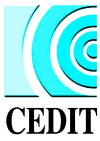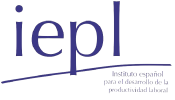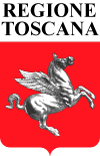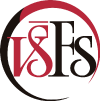![]()
The website is provided with the primary intention of providing employment to as many users as possible, regardless of their characteristics and conditions (capabilities, limitations, hardware, software, communications, etc.), pretending to offer the opportunity to present their content in ways universal and assessing any potential disability (physical, intellectual or technical) or specific usage context (technological or environmental conditions).
Therefore, we have adopted in their construction, design and development all methods and criteria to facilitate at all times that users get the same, with as little difficulty as possible, all information and services available to them.
Web accessibility
Under the acronym WAI (Web Accesibility Initiative o Iniciativas de Accesibilidad Web) is the rules of W3C (World Wide Web Consortium) for accessibility and best practices designed to safeguard and secure the accessibility of web content, for which we have taken into account the standards WCAG 2.0 (Web Content Accessibility Guidelines) and 2.0 ATAG (Authoring Tool Accessibility Guidelines):
- WAI-AA y WCAG 2.0
The website meets the level of accessibility WAI-AA and WCAG 2.0 .
For more information on accessibility guidelines mentioned refer www.w3.org/WAI/WCAG2AA-Conformance.
- CSS
The design has been developed under the W3C compliance and recommendations on Cascading Style Sheets (CSS), so that if your browser or browsing device does not support style sheets, the content of the website will remain fully legible according to its structural markup.
Web Usability
The concept of "usability" is based on the layout of the design developed based on the structure of content considering the priority needs of users and that they carry out different tasks available with effectiveness, efficiency, speed, ease and satisfaction .
To achieve this goal have been taken into account the views of many users that there has been a real test of navigation which have been analyzed and assessed its manifestations, ending in a user-centered design in order to get and objective.
Action taken regarding Usability and Accessibility
- Logical and standardized presentation of screen elements.
- Simplified navigation system easy to learn and use, always giving priority to the provision of content versus design.
- Navigation, visual design and structure coherent and consistent throughout the website.
- Availability of content search form.
- Identification of the binding path followed by the use of the technique called "Breadcrumb" (eg, "Home >> ...").
- Descriptive text for the images used.
- Possibility of using navigation option tabulation.
- Optimization Website adaptation in different screen resolutions used by users.
- Enforcement of appropriate programming to capture the relative size of the texts.
- Compatibility with as many browsers and platforms.
Change text size
If you want to increase or decrease the size standard presentation of texts, may do so under the following guidelines:
- Using the keyboard with the following key combination:
- Ctrl + "+" to increase.
- Ctrl + "-" to decrease.
- Through the browser menu using items provided for this purpose (eg: "View >> Text Size").
Occurrence reporting
In any case, in order to ensure the quality of the website, if it detects any problems accessing or incident related, please notify us immediately via the following email address: eec@eec-project.eu.










